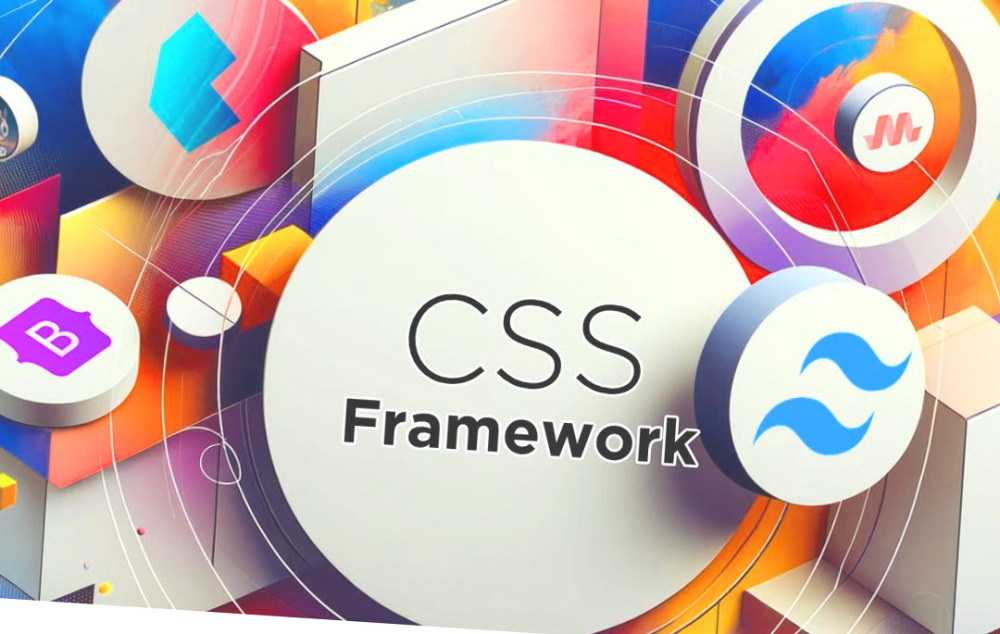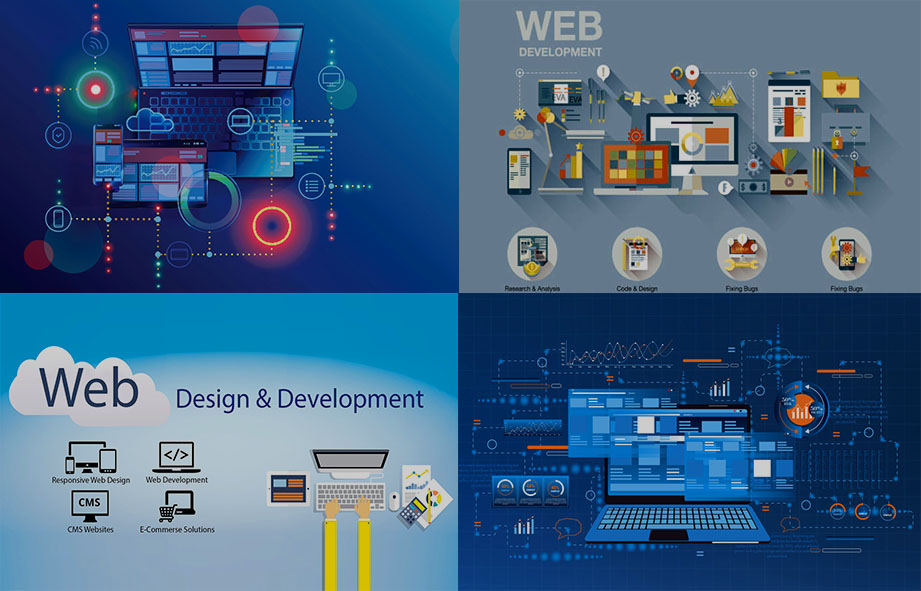One of the most significant trends in recent years has been the increased interest in Jamstack. Jamstack, an abbreviation for JavaScript, API, and Markup, represents a modern architecture for creating fast, secure, and scalable websites using static site generation, client-side JavaScript, and APIs for server-side functionality.
The Jamstack concept involves pre-rendering static pages during the build process and delivering them through a Content Delivery Network (CDN). This approach enhances website performance by reducing Time To First Byte (TTFB) and server load, as well as simplifying hosting requirements. Furthermore, the Jamstack architecture minimizes security risks as it avoids direct interactions with databases or server components.

Traditional CSS frameworks like Bootstrap and Foundation have long dominated web development by providing developers with pre-defined components and layouts to streamline the styling process. However, utility-first CSS frameworks such as Tailwind CSS are rapidly gaining popularity as they offer a more flexible and maintenance-friendly approach to web design.
Utility-first platforms provide a set of composable utility classes that can be directly applied in HTML markup. Instead of relying on a pre-established set of components or layout rules, developers can create their own projects by combining utility classes. This approach promotes design consistency, ensures quick responsiveness, and simplifies the process of maintaining a clean codebase.
WebAssembly (Wasm) is another important innovation in the development of high-performance web applications. Wasm is a low-level binary format designed to execute code in web browsers at speeds close to native performance. Unlike traditional web applications based on JavaScript, WebAssembly enables developers to write high-performance code using languages such as C, C++, and Rust. This code is then compiled into Wasm modules to be executed alongside JavaScript in the browser.
Bridging the gap between native and web applications, WebAssembly empowers developers to create resource-intensive applications that were previously impractical on the Internet. For example, complex video editing tools, 3D rendering, and real-time collaboration can now seamlessly operate in the browser, significantly enhancing user interaction and unlocking new possibilities in web software.

A Server-Side Rendered User Interface is an innovative approach to web development where server-side logic dynamically generates the layout and user interface components based on data and user context. This method promotes more efficient and effective interaction between the external and internal interfaces, thereby improving the development process and user convenience.
Maintaining a close connection between the interface and the server-side can lead to a complex codebase and hinder efficient technology updates. However, a Server-Side Rendered User Interface simplifies this connection by allowing the server to make decisions regarding the user interface, making it independent of interface technologies. This results in the following benefits:
Reduced complexity of the external interface
Delegating decision-making about the user interface to the server makes the code of the external interface less complex, facilitating updates and maintenance.
Improved user interface
A server-side rendered user interface ensures that the UI is always up-to-date with the latest data and user context, creating a convenient and personalized experience for each user.
Increased flexibility
Separation of user interface tasks allows for easy integration of new interface technologies and quicker implementation of new features, providing opportunities for innovation and growth.
Enhanced collaboration
Clear separation of tasks between frontend and backend teams improves collaboration and reduces bottlenecks in the development process.
Progressive Web Applications (PWAs) are a sought-after innovation that combines the best elements of web applications and native mobile apps. They offer users the ability to use web technologies similar to applications, providing an optimized and seamless user experience across all devices.
PWAs utilize service workers, web app manifests, and modern browser features to provide users with enhanced capabilities, such as:
Offline Support
Service workers cache application resources and data, allowing PWAs to function even without an internet connection.
Push Notifications
Users can opt to receive push notifications from PWAs, increasing user engagement and retention.
Add to Home Screen
PWAs can be "installed" on users' devices, providing easy access to the application from their home screens.
PWAs offer a cost-effective solution for companies aiming to ensure a consistent user experience across multiple platforms. They can be developed and maintained more efficiently than native mobile apps, while still delivering higher performance than traditional web applications. Additionally, they eliminate the need for app store approvals and updates, reducing development time and costs.
Designing with a priority on API is an approach where special attention is given to designing the API before creating the rest of the web application. By focusing on the API from the very beginning, developers ensure a consistent, flexible, and scalable system that benefits both the client-side and internal teams. As a result, the application becomes